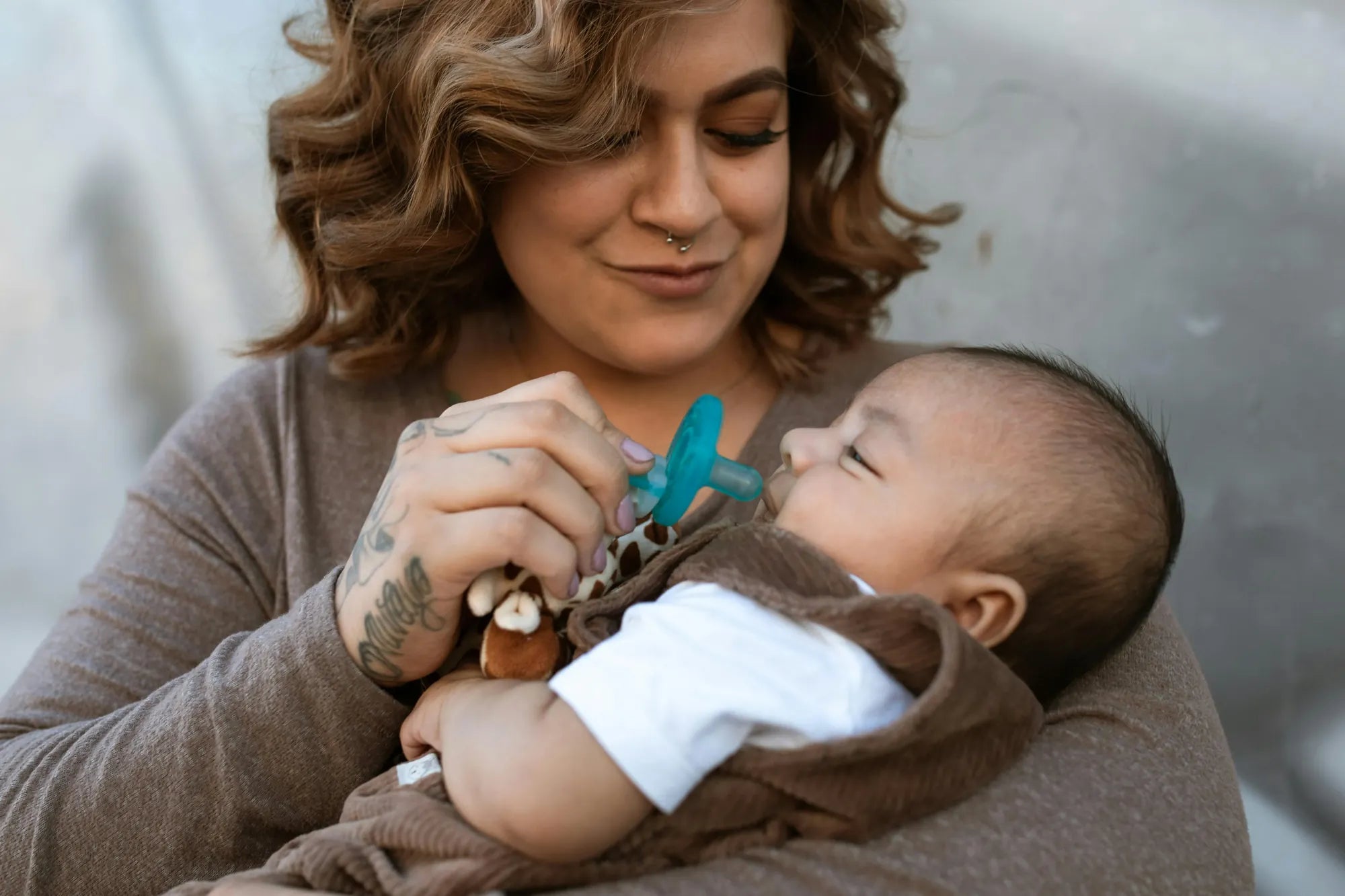Home
Pregnancy, Breastfeeding, and Pumping: The Ultimate Guide for Moms
Do You Wash Breast Pump After Every Use? Essential Tips for Hygiene

Do You Wash Breast Pump After Every Use? Essential Tips for Hygiene
When it comes to breastfeeding, hygiene is paramount. One of the most common questions new parents ask is, do you wash breast pump after every use? The answer is yes, and for good reason. Proper cleaning of your breast pump ensures that your baby is protected from harmful bacteria and germs that can accumulate on the equipment. In this article, we’ll explore why washing your breast pump after every use is essential, how to do it correctly, and additional tips to maintain hygiene.
Why Washing Your Breast Pump After Every Use is Crucial
Breast milk is a natural source of nutrition for your baby, but it can also be a breeding ground for bacteria if not handled properly. When you use a breast pump, milk residue can remain in the parts, creating an environment where bacteria can thrive. Washing your breast pump after every use helps to eliminate these bacteria, reducing the risk of contamination and ensuring that your baby receives clean, safe milk.
How to Properly Clean Your Breast Pump
Cleaning your breast pump may seem like a daunting task, but it’s simpler than you think. Here’s a step-by-step guide to ensure your breast pump is thoroughly cleaned after every use:
- Disassemble the Pump: Start by taking apart all the components of your breast pump. This includes the flanges, valves, membranes, and any other detachable parts.
- Rinse with Cold Water: Rinse each part under cold water to remove any milk residue. Avoid using hot water initially, as it can cause milk proteins to stick to the parts.
- Wash with Warm, Soapy Water: Use a mild dish soap and warm water to wash each part thoroughly. A bottle brush can be helpful for reaching small crevices.
- Rinse Again: Rinse all parts under warm water to remove any soap residue.
- Sanitize: For added safety, you can sanitize the parts by boiling them in water for 5-10 minutes or using a steam sanitizer.
- Air Dry: Place the parts on a clean drying rack or paper towel to air dry completely before reassembling.
Additional Tips for Maintaining Breast Pump Hygiene
While washing your breast pump after every use is essential, there are additional steps you can take to maintain hygiene and ensure your baby’s safety:
- Store Clean Parts Properly: Once your breast pump parts are dry, store them in a clean, dry place. Avoid leaving them out in the open where they can collect dust or bacteria.
- Replace Parts Regularly: Over time, parts like valves and membranes can wear out and become less effective. Replace these components as recommended by the manufacturer.
- Wash Your Hands: Always wash your hands thoroughly before handling your breast pump or its parts. This prevents the transfer of germs from your hands to the equipment.
- Use Clean Containers: If you’re pumping milk to store, make sure the containers you use are clean and sterilized. Label them with the date and time to keep track of freshness.
- Clean the Pump Motor: While the motor itself doesn’t come into contact with milk, it’s still important to wipe it down with a damp cloth to remove any dust or debris.
Common Mistakes to Avoid
Even with the best intentions, it’s easy to make mistakes when cleaning your breast pump. Here are some common pitfalls to watch out for:
- Not Cleaning Immediately: Leaving milk residue in your breast pump for too long can lead to bacterial growth. Always clean your pump as soon as possible after use.
- Using Harsh Chemicals: Avoid using strong detergents or bleach, as they can leave harmful residues on your pump parts. Stick to mild dish soap.
- Not Drying Properly: Moisture can promote bacterial growth. Ensure all parts are completely dry before reassembling or storing.
- Skipping Sanitization: While washing with soap and water is effective, sanitizing your pump parts occasionally adds an extra layer of protection.
When to Seek Professional Advice
If you’re unsure about how to clean your breast pump properly or if you notice any signs of mold or damage to the parts, it’s best to seek professional advice. Many lactation consultants and healthcare providers can offer guidance on maintaining breast pump hygiene and ensuring your baby’s safety.
Maintaining a clean breast pump is one of the most important steps you can take to protect your baby’s health. By washing your breast pump after every use and following these tips, you can ensure that your baby receives the safest and healthiest milk possible. Remember, a little extra effort in cleaning your breast pump goes a long way in safeguarding your baby’s well-being.
Share

